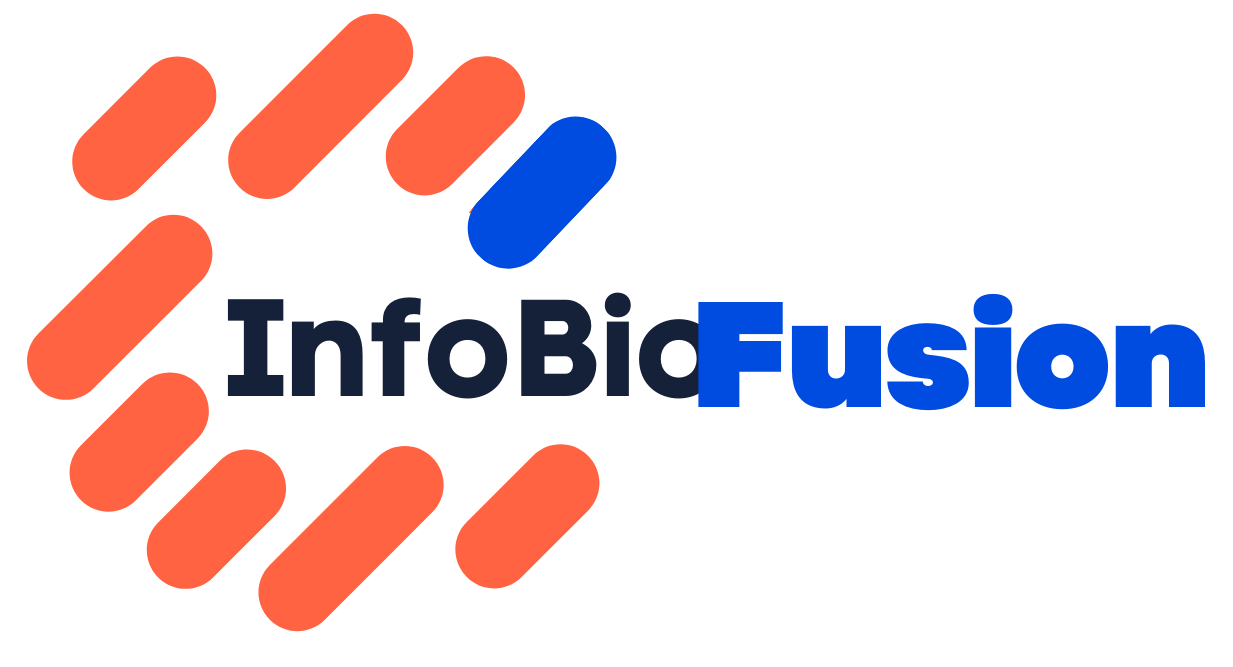Understanding Ethereum’s Core Innovation
Ethereum redefined blockchain technology by introducing programmable smart contracts. These self-executing agreements enable decentralized applications (dApps) without intermediaries. The network supports diverse use cases including financial services, gaming, and digital collectibles.
As the second-largest cryptocurrency by market cap, Ethereum processes over 1 million daily transactions. Its native token ETH fuels operations across the ecosystem. Developers leverage Ethereum’s flexibility to build Web3 solutions challenging traditional systems.
From Concept to Crypto Giant
The Founding Vision
Vitalik Buterin proposed Ethereum in 2013 as a blockchain extending Bitcoin’s capabilities. His white paper outlined a platform for decentralized applications through smart contracts. Co-founder Dr. Gavin Wood later defined technical specifications in the yellow paper.
The 2014 crowdsale marked Ethereum’s first major milestone, raising $18 million through ETH sales. This funded development leading to Frontier’s 2015 mainnet launch. Early adopters gained access to revolutionary blockchain functionality.
Network Evolution Challenges
Ethereum faced critical tests during its growth phase. The 2016 DAO hack drained $150 million, prompting community intervention. A controversial hard fork created Ethereum Classic (ETC) as the original chain continued separately.
These events demonstrated Ethereum’s adaptability. The network implemented solutions while maintaining decentralization principles. Developers prioritized security improvements alongside feature expansions.
The Merge: Redefining Blockchain Efficiency
Technical Transformation
September 2022’s Merge transitioned Ethereum from energy-intensive proof-of-work to proof-of-stake consensus. Validators replaced miners, reducing energy consumption by 99.95%. This upgrade addressed environmental concerns while improving network security.
The Shanghai Upgrade (April 2023) unlocked staked ETH withdrawals. This completed Ethereum’s transition roadmap, enabling full participation in network validation. Transaction speeds increased while maintaining decentralization.
Future-Proofing the Network
Sharding implementation remains Ethereum’s next scalability frontier. This upgrade will enable parallel transaction processing across 64 chains. Network throughput could increase 100x, reducing fees and congestion during peak usage.
Developers continue optimizing gas fees through protocol improvements. Layer-2 solutions already demonstrate Ethereum’s capacity for handling microtransactions efficiently. These advancements position Ethereum as Web3’s foundational layer.
Investment Potential and Market Dynamics
Value Proposition Analysis
Ethereum’s deflationary mechanism through EIP-1559 creates scarcity pressure. Over 387,000 ETH ($1.15 billion) were burned in Q1 2024 alone. This supply reduction contrasts with Bitcoin’s fixed emission schedule.
The network hosts 3,400+ active dApps across DeFi, NFTs, and gaming sectors. This ecosystem diversity attracts institutional investors and retail users alike. ETH’s utility as gas fee currency ensures constant demand.
Risk Assessment Factors
Market volatility remains Ethereum’s primary investment risk. ETH price fluctuates with crypto market sentiment and macroeconomic conditions. Regulatory uncertainty poses additional challenges for long-term holders.
Technical analysis tools help traders navigate price swings. On-chain metrics like active addresses and gas usage provide fundamental insights. Investors should balance Ethereum’s growth potential against market risks.
Participating in Ethereum’s Network
Staking Mechanics Simplified
Validators secure Ethereum by staking 32 ETH, earning 3-5% annual rewards. This process replaces traditional mining, requiring specialized software instead of hardware. Smaller investors can join staking pools through platforms like Ethereum trading with BYDFi.
Liquid staking derivatives enable tokenized positions for enhanced flexibility. Users maintain liquidity while contributing to network security. Reward rates adjust dynamically based on total staked ETH.
Secure Storage Solutions
Hardware wallets provide optimal security for long-term ETH holdings. These devices store private keys offline, immune to digital attacks. Mobile wallets offer convenience for frequent traders balancing accessibility and protection.
Exchange wallets suit active traders needing quick access. However, users sacrifice full asset control for platform convenience. Multi-signature solutions combine security layers for institutional-grade protection.
Navigating Ethereum’s Ecosystem
Trading Strategies and Tools
Price tracking tools update every 0.1 seconds across platforms. Custom alerts notify traders about volatility thresholds. Advanced charts display order book depth and historical patterns for informed decisions.
Options trading enables sophisticated strategies like straddles and iron condors. Derivatives markets offer leveraged exposure but require risk management protocols. Automated trading bots execute strategies based on predefined parameters.
Regulatory Landscape Considerations
Global policymakers increasingly focus on crypto asset classification. Ethereum’s transition to PoS influences regulatory treatment comparisons to securities. Compliance requirements vary significantly across jurisdictions.
Tax reporting tools simplify transaction tracking for ETH holders. Investors must document staking rewards and disposal events. Legal frameworks continue evolving alongside blockchain adoption trends.
Ethereum’s journey demonstrates blockchain technology’s transformative potential. From smart contract pioneer to eco-friendly network, it continues driving Web3 innovation. As upgrades enhance scalability and usability, Ethereum solidifies its position as decentralized computing’s backbone.
